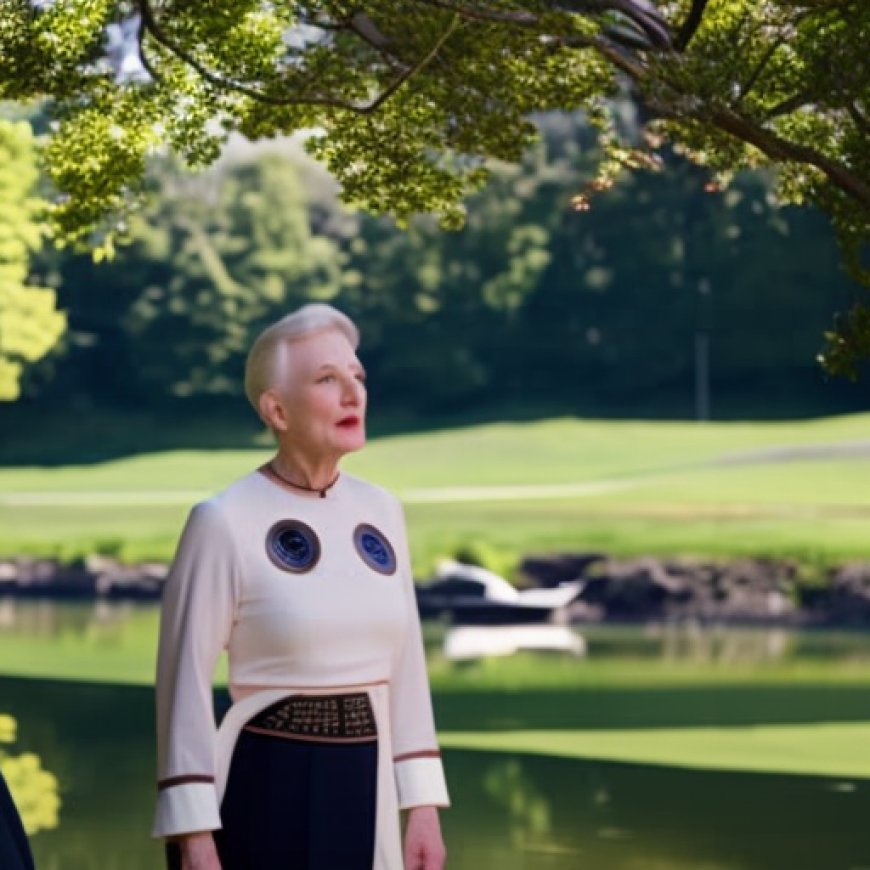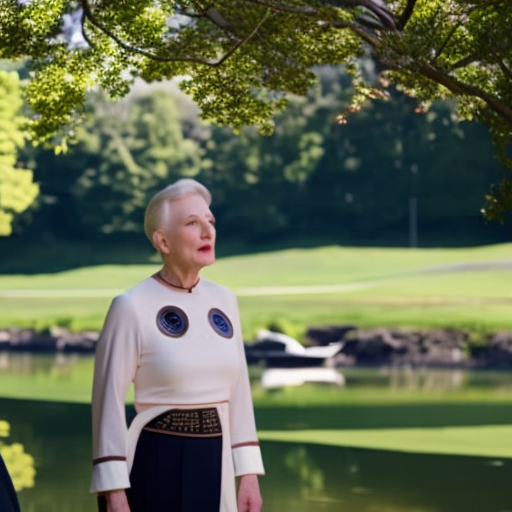Gen Z’s anti-Boomer social media teasing enforces ‘ageist stereotypes’
Gen Z's anti-Boomer social media teasing enforces ‘ageist stereotypes’ New York Post


Generational Divide: Gen Z’s Attitudes Towards Boomers
We all know that different generations love complaining about each other.
Older people like to rant about “kids these days” being soft and not understanding the hardships they went through, while younger people complain about older generations being out of touch and stubborn about their old school views.
It is clear the biggest generational divide is between Gen Z and Baby Boomers, who often have vastly different views and values that cause them to butt heads.
A quick look on social media will show that Gen Z aren’t afraid to share their unflattering opinions on Boomers, with countless videos, posts and memes making fun of the older generation.
But it turns out Gen Z’s fixation with ranting about Boomers online may be more concerning than we think.
Study Finds Ageist Stereotypes in Gen Z’s TikTok Videos
A new study analyzing popular TikTok videos made by younger people that use the hashtags #Boomer or #OkBoomer found that half contained “ageist stereotypes”.
- 49.3% of the videos contained negative age stereotypes.
- 79% of the videos related to negative encounters with older adults.
- 58% of the videos included criticisms of the older generations’ values and beliefs.
- 40% of the videos featured references to older adults antagonizing the young.
“OK Boomer” Reflects Widespread Beliefs Among Gen Z
The phrase “OK Boomer” became popularized in 2019, with the study noting this reflects “widespread beliefs among younger people that Baby Boomers are hindrances to societal progress”.
Implications and Recommendations
The authors of the study theorized that widespread negative attitudes towards Boomers by Gen Z and younger Millennials may “function as a defense mechanism”.
Videos found to share negative views of Boomers were more likely to contain stereotypes of older adults being “cold”, while videos portraying them as “warm” were 43% less likely to contain negative stereotypes.
In light of these findings, the study authors suggested more effort needs to be made to raise public awareness of ageism as a form of prejudice.
They believe this is particularly critical given recent findings that people egalitarian beliefs — specifically those who champion gender and racial equality — are actually more likely to endorse ageist views.
The study suggests that those in positions of power need to understand that unfavorable attitudes towards older adults may stem from a history of negative interactions with them.
It is also important to understand that ageism “cuts both ways” with the authors noting that effort needs to be made on all sides of the generational divide if society is expected to build “intergenerational solidarity”.
“Just as younger people should be mindful not to homogenize older adults as sharing the same values and beliefs, effort should be made to alert older individuals to their own cognitive biases and the effects of these biases on the way they treat younger people,” the authors wrote.
“At present, there is limited literature on interventions to tackle ageism against younger people. More research in this area should therefore be conducted to ensure that the needs and interests of younger people are not neglected in the global campaign to combat ageism.”
SDGs, Targets, and Indicators
1. SDGs Addressed or Connected to the Issues Highlighted in the Article
- SDG 10: Reduced Inequalities
- SDG 16: Peace, Justice, and Strong Institutions
The article discusses the generational divide between Gen Z and Baby Boomers, highlighting the different views and values that often cause conflict between the two generations. This divide can contribute to inequalities and social tensions, which are addressed by SDG 10. Additionally, the article mentions negative encounters and stereotypes between younger and older adults, which can be related to the need for peace, justice, and strong institutions as emphasized in SDG 16.
2. Specific Targets Under Those SDGs Based on the Article’s Content
- SDG 10.2: By 2030, empower and promote the social, economic, and political inclusion of all, irrespective of age.
- SDG 16.6: Develop effective, accountable, and transparent institutions at all levels.
The article highlights the need for inclusion and understanding between generations to address the generational divide. SDG 10.2 aims to promote the social, economic, and political inclusion of all individuals, irrespective of age. Additionally, the article emphasizes the importance of institutions that can effectively address intergenerational conflicts and promote understanding, aligning with the target of SDG 16.6.
3. Indicators Mentioned or Implied in the Article to Measure Progress towards the Identified Targets
- Percentage of videos containing negative age stereotypes related to encounters with older adults.
- Percentage of videos criticizing the values and beliefs of older generations.
- Percentage of videos featuring older adults antagonizing the young.
- Percentage of videos portraying older adults as “warm,” “friendly,” or “sincere.”
The article mentions several indicators that can be used to measure progress towards the identified targets. These indicators include the percentage of videos containing negative age stereotypes related to encounters with older adults, the percentage of videos criticizing the values and beliefs of older generations, the percentage of videos featuring older adults antagonizing the young, and the percentage of videos portraying older adults as “warm,” “friendly,” or “sincere.” These indicators can provide insights into the prevalence of ageism and the level of intergenerational understanding and solidarity.
Table: SDGs, Targets, and Indicators
| SDGs | Targets | Indicators |
|---|---|---|
| SDG 10: Reduced Inequalities | SDG 10.2: By 2030, empower and promote the social, economic, and political inclusion of all, irrespective of age. | – Percentage of videos containing negative age stereotypes related to encounters with older adults. – Percentage of videos criticizing the values and beliefs of older generations. – Percentage of videos featuring older adults antagonizing the young. – Percentage of videos portraying older adults as “warm,” “friendly,” or “sincere.” |
| SDG 16: Peace, Justice, and Strong Institutions | SDG 16.6: Develop effective, accountable, and transparent institutions at all levels. | – Percentage of videos containing negative age stereotypes related to encounters with older adults. – Percentage of videos criticizing the values and beliefs of older generations. – Percentage of videos featuring older adults antagonizing the young. – Percentage of videos portraying older adults as “warm,” “friendly,” or “sincere.” |
Behold! This splendid article springs forth from the wellspring of knowledge, shaped by a wondrous proprietary AI technology that delved into a vast ocean of data, illuminating the path towards the Sustainable Development Goals. Remember that all rights are reserved by SDG Investors LLC, empowering us to champion progress together.
Source: nypost.com

Join us, as fellow seekers of change, on a transformative journey at https://sdgtalks.ai/welcome, where you can become a member and actively contribute to shaping a brighter future.







